|
By ANDREJ BABICKY, IPF Chair Italy Natural Perfumer, Olfaction Trainer and Raw Material Extraction Methods Expert The arrival of winter brings to mind old memories of my childhood spent in Eastern Europe, precisely in Slovakia, in a small village surrounded by changes and woods. The days were cold, wet and short. When evening approached, my grandmother, a woman already old and consumed by work, even when she was young, used to prepare strong black tea with spices. with just a drop of honey. She made us sit around the table telling us fairy tales. I vividly remember those moments: the wood crackling in the old stove, the smell of the cast iron top heated by the flame. Grandmother used to put on the stove some oranges or mandarins that perfumed the room and grains of incense, which slowly melted creating an olfactory background to the stories. Along with the love for roses, my grandmother also transmitted to me the love for these smells that for me are always associated with the traditions that revolved around the winter solstice, the day I was born. Many years later I had the opportunity to meet a person who travels the world in search of new and special raw materials. I call him the Indiana Jones of incense. In addition to researching these raw materials, he teaches indigenous peoples how to extract them to create a sustainable production cycle. Together with him and through his acquaintances, I had the opportunity to discover new essences. Returning to us, I have always been fascinated by this mix of aromas that accompanied my childhood. I've always looked for the best way to catch them. Living part of the time in the country house, the most used material to heat it is wood. Some of the essences have strongly perfumed woods, while others, after a period of seasoning, acquire particular aromatic nuances. Among my favorites that I often use in alcohol extractions are lime, acacia, pine, larch, magnolia. They are woods that are easy to manipulate and shred or you can buy shavings or sawdust as waste material in sawmills. The wooden material (small pieces, sawdust, shavings, twigs) I let them dry then I proceed with extraction with alcohol in the form of dye. I leave the material to macerate for several weeks, sometimes for months because from my personal experience, the aroma of the final extract is richer and fuller. There are two other kinds of wood that I love to use: two species of oak Quercus Petraea and Quercus Robur Both are easy to find. I collect the fallen branches, let them dry, grind them and then I toast them in the oven to enhance their woody, smoky and spicy aspects. Resins such as various types of incense, myrrh, balms are readily available. They are odorous substances of vegetable origin, insoluble in water but often fat-soluble and of high molecular weight. Some of them are exudates, while others are an integral part of the tissues of the plant itself. They have various chemical compositions and can occur spontaneously or due to stress. They have very distinct olfactory profiles and can add warm or cold aspects to a blend depending on the raw material used. They give depth, sometimes a dark and mysterious character, they can serve to anchor the other essences in a blend. The resins may be extracted by distillation, extraction with solvents such as, for example, alcohol that is easy to perform even at home. A very particular extraction process is to capture the smell emanating from a resin if burned or heated. To discover this method and others, I invite you to enrol in the raw material extraction course where different techniques and different raw materials are dealt with. Prepare an Interior Christmas Perfume
Different spices are also part of our daily life. I must confess that I don't extract most of them directly, only some particular spices such as certain types of pepper, wild carrot seeds and mace, the shell that covers the nutmeg seed. In the winter I prepare an alcohol-based Interior Christmas Perfume, a mixture composed of: 20g of cloves 10g part of cinnamon Zest of an orange Some eucalyptus leaves 3/4 bay leaves 1 sprig of rosemary 1 nutmeg 1 tonka bean 10 drops of fir essential oil All the dry material is crushed in a mortar, poured into a glass container and covered with 300 ml of alcohol. The container is left to rest for 2 weeks, shaking it frequently. After two weeks, the content is filtered and is ready to be used to perfume the rooms, Christmas decorations or doormats in front of the house. It is an old recipe from my grandmother who instead of alcohol boiled all the material together but for easy storage, the formula was reworked with an alcohol base and with the addition of some raw materials.
0 Comments
By TERRY JOHNSON, IPF USA Chair and Business and Marketing Expert Last month’s newsletter article discussed three value-market fundamentals every business should practice in these very challenging times. Let’s expand on these basics starting with the first fundamental:
To develop a totally value-based business to differentiate you from the competition and persuade growing numbers of high value customers there is greater value in your products than that of other competitive products. A key word here is “differentiate.” To succeed against stronger, well-financed competition, businesses can attract more customers by giving them better choices (differentiation) for what they purchase. This is where value and value-added come in. Competition, by the way, is much stronger than most people think it is with budgets the way they are. If you sell to consumers, you are competing with everything they need to purchase or want to purchase. That’s quite a list! To attract and keep customers you will be needing every value-added tool available. Why should consumers purchase your perfume or essential oil instead of something else? Can you give them ten reasons why? Twenty? Establishing yourself as an expert in Natural Essences within your community is empowering because it gives you the capacity to help your community make the right choices for healthier and safer lifestyles. Obviously, anyone who wishes to become and continue to be an expert in Natural Essences must have a great deal of accurate knowledge about Natural Essences, which is where the value of continuing education comes in. If you are a Natural Perfumer, you also need expertise as an aromatherapist, and the reverse is true for Natural Aromatherapists needing Natural Perfumery. Having knowledge of the history of perfume also has important benefits and needs to be studied. Continuing Natural Essences education along with effective messaging of the value of Natural Essences will lead to clear, positive distinctions between your up-to-date expertise and the lack of expertise from your competition. Three Action Steps to Implement Beginning Today
|
Archives
June 2024
Categories
All
|
- HOME
- ABOUT
- IPF CERTIFICATION
-
COURSES
-
MASTER CLASSES
- Teaching Methodology
- Natural Raw Material Extraction Methods >
- Natural Candle Making
- Healing Gardening
- Sustainable Oud MasterClass
- World Perfume History Master Class
- Scent Design and Formula Building >
- Fragrant Botany & Chemistry >
- Perfume Design, Concept and Storytelling
- French Natural Aromachology #1
- French Natural Aromachology #2
- Olfaction Training for Children
- Accords - Chypre
- Accords - White Florals 1
- Accords - Fougeres and Aromatics
- FRAGRANCE DEVELOPMENT
- SPEAKERS
- EXHIBITIONS
- Partners
- Blog
- Contact
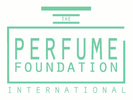
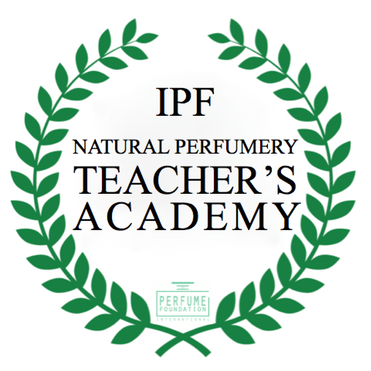

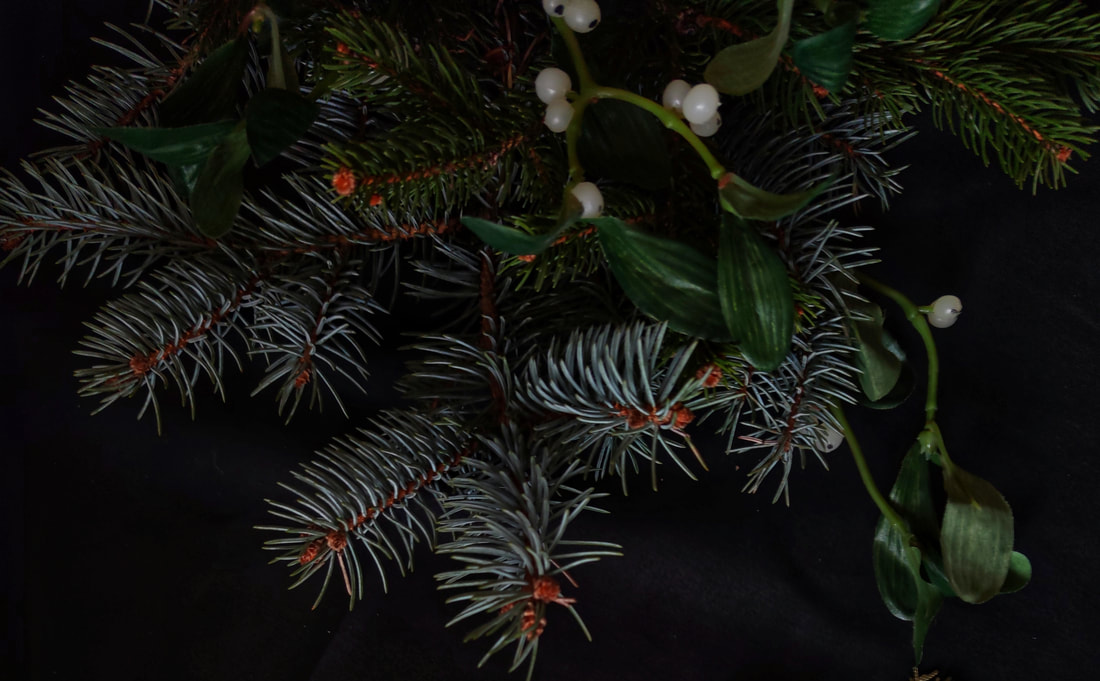
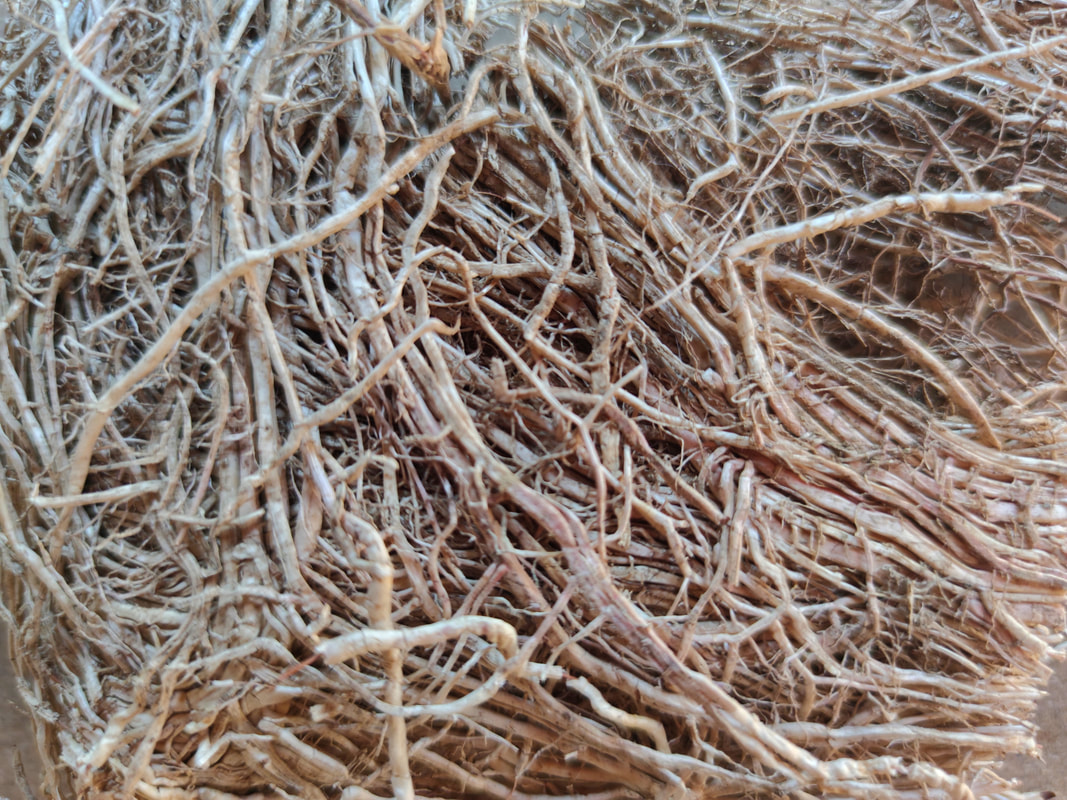

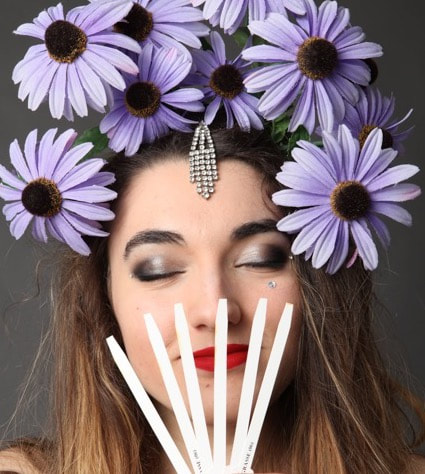
 RSS Feed
RSS Feed
